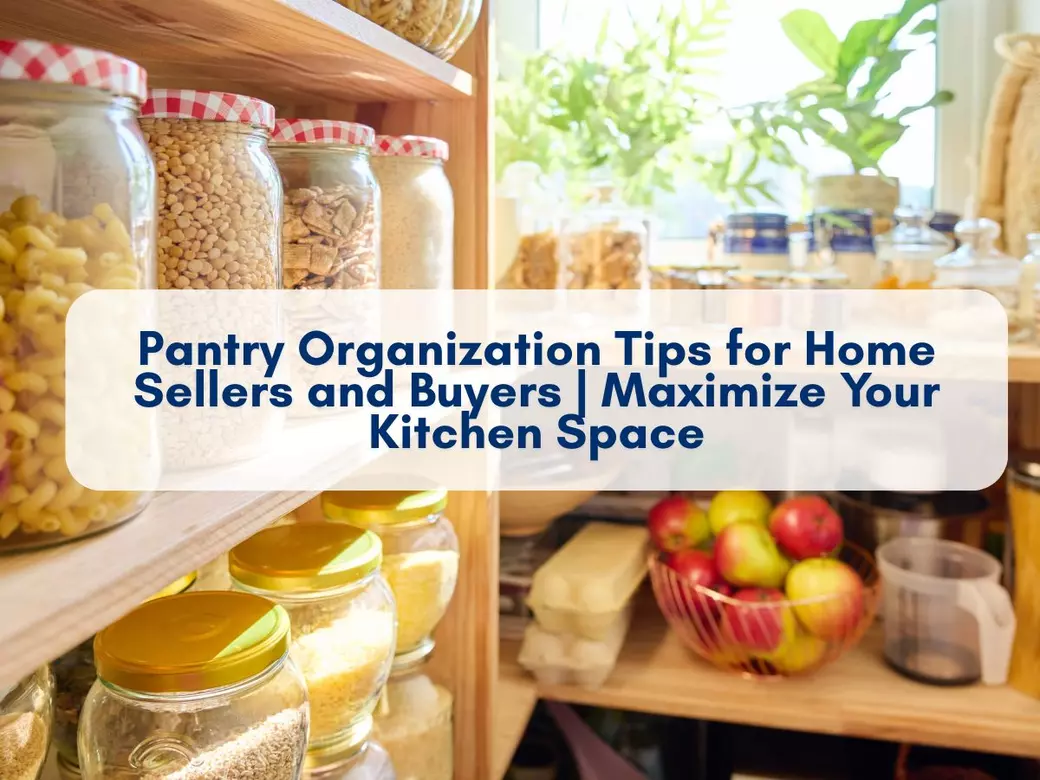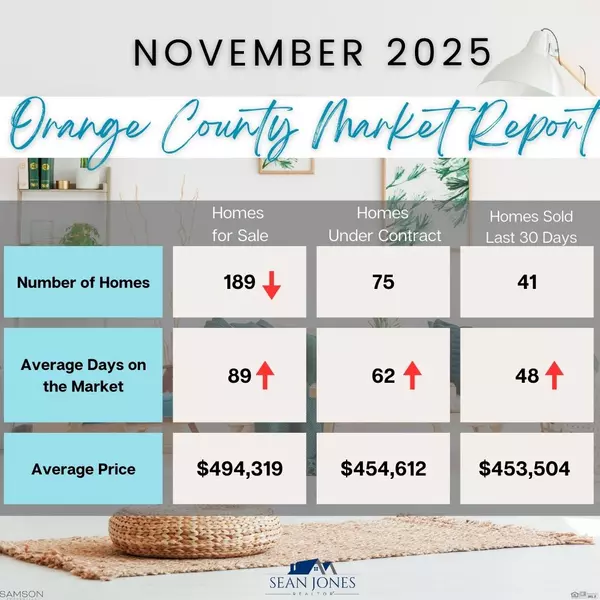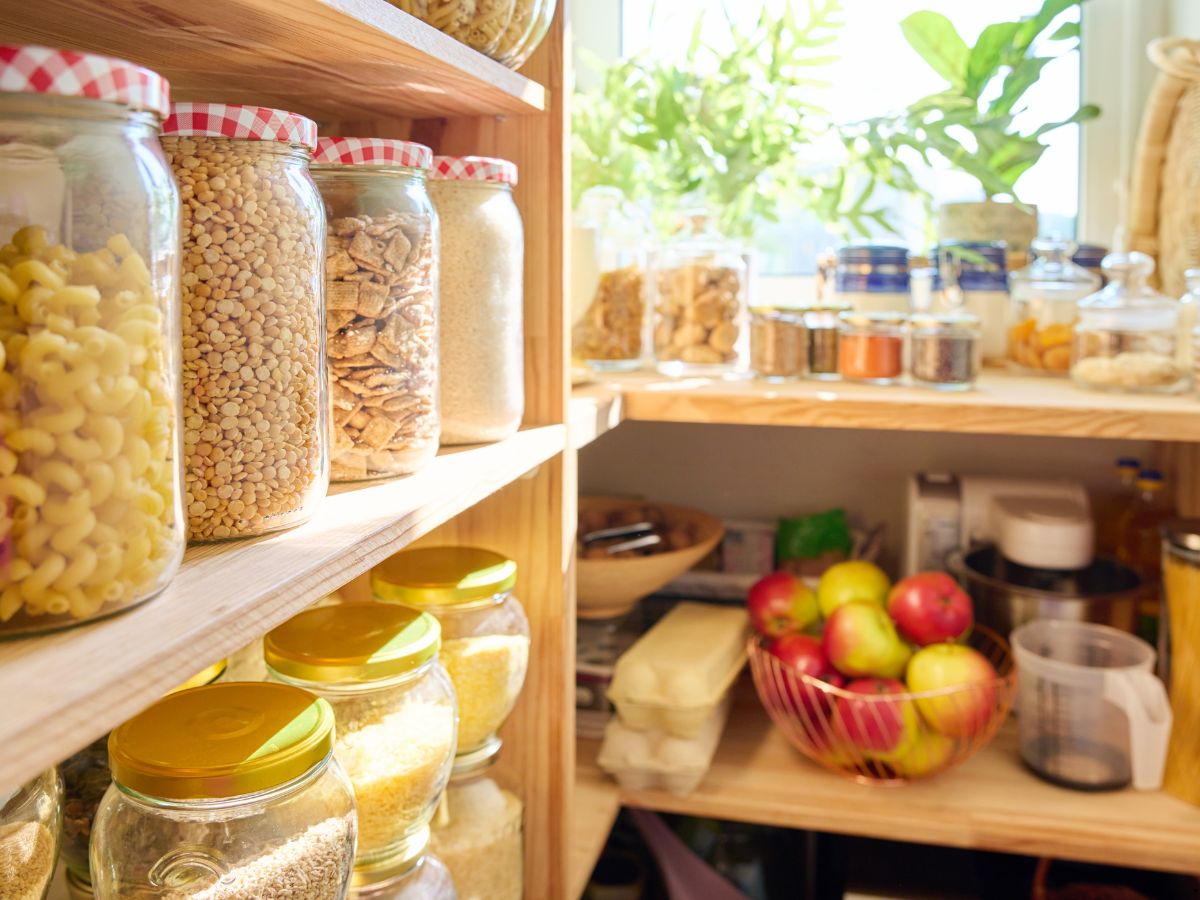Pantry Organization 7 Tips for Home Sellers and Buyers | Maximize Your Kitchen Space

7 Powefull Tips That Add Value to Your Home and Simplify Everyday Life
Whether you're preparing your home for sale or settling into your first place, one often-overlooked space can make a big impact: the pantry. An organized pantry not only adds functional appeal but also plays a subtle yet powerful role in helping your home stand out to buyers—or helping you feel more at home, faster.
From a buyer’s perspective, a tidy pantry signals a well-maintained home. For sellers, it’s a small step with big return.
If your pantry feels more chaotic than calm, you’re not alone. But there’s good news—pantry organization doesn’t have to be Pinterest-perfect to be purposeful. Let’s explore practical, real-life tips that work whether you're prepping for showings, settling into your dream kitchen, or just trying to avoid expired cans of beans from 2020.
Step 1: Clear the Clutter to Start Fresh
The first step to a functional pantry is a clean slate. Take everything out—yes, everything. Lay it all on the counter or kitchen table.
Go through each item and:
-
Check expiration dates
-
Toss stale snacks and old canned goods
-
Combine duplicates like half-used bags of rice or pasta
This process isn't just about decluttering—it’s about discovering what you actually use versus what’s just taking up space. While you’re at it, wipe down shelves and consider adding shelf liners if you haven’t already. This reset is especially helpful if you’ve just moved into a new home or are getting ready to list your current one.
✅ Buyers love clean, clutter-free storage areas that suggest the home is well cared for.
Step 2: Group Items by Category and Purpose
Before you put anything back, sort items into logical groups based on how you use them. Some popular pantry categories include:
-
Baking supplies (flour, sugar, baking soda)
-
Canned goods
-
Grains and pasta
-
Snacks
-
Breakfast items
-
Sauces and condiments
-
Lunchbox grab-and-go items
Seeing everything grouped this way gives you a visual sense of how much space each category will need, and helps you avoid tossing random items onto any shelf that has space.
Homebuyers love visual order. If they open a pantry and see intentional grouping—even if it’s simple—it sends the message that the home has “a place for everything.”
Step 3: Keep It Functional—Not Just Pretty
We’ve all admired those magazine-worthy pantries with perfectly labeled bins and glass jars. While they look beautiful, they’re not always practical for everyday living.
Instead, focus on function first:
-
Use baskets or bins for items that tend to get messy (like chip bags or kids’ snacks)
-
Store seldom-used items (holiday baking supplies or specialty oils) on high shelves
-
Turntables (lazy Susans) are perfect for jars and sauces in corner spaces
-
Plastic cafeteria trays are affordable and help group items while keeping wire shelving from becoming a balancing act
Think about how you use your pantry daily and organize it in a way that works with your lifestyle, not against it.
If you’re selling your home, a functional setup (even if it’s not perfect) will resonate more with buyers than something that looks too fussy or staged.
Step 4: Measure Before You Buy Organizers
Before investing in any storage solutions, measure your pantry shelves and note the depth, width, and spacing between levels.
Too often, homeowners buy bins or risers that look great online but don’t actually fit their space. Ask yourself:
-
Will this bin be too tall for the shelf?
-
Can I access what’s behind it without pulling it out?
-
Will this clear container really help me, or will I forget to refill it?
The goal is to enhance usability, not add extra chores. For first-time home buyers, this is a perfect time to establish good habits in your new space.
✅ A well-planned pantry sets the tone for the rest of your home’s organization.
Step 5: Prioritize Visibility and Accessibility
A huge part of pantry success is being able to see what you have. That means storing items where they’re visible and easy to reach.
Here’s a basic framework to follow:
-
Top shelves: Overflow items, extras, or large containers
-
Eye level: Daily-use items like canned goods, pastas, and cooking oils
-
Lower shelves: Kid-friendly snacks in small bins or containers they can access
-
Floor area (if applicable): Bulk paper goods or heavy items in sturdy bins
Organizing with visibility in mind reduces waste, saves time during meal prep, and makes restocking a breeze. It also helps when prepping your home for a showing—visually accessible shelves look neater and more inviting.
Step 6: Rotate Stock Regularly to Avoid Waste
One of the biggest issues in pantries? Forgotten food. Once you’ve grouped and stored your items, create a simple habit of rotating them.
When you bring home new groceries:
-
Place newer items behind older ones
-
Keep close-to-expiring goods toward the front
-
Make a point to plan meals around items that are nearing expiration
✅ If you’re selling your home soon, this practice also helps you clear out unnecessary items so you don’t end up packing and moving expired products to your next place.
Step 7: Schedule a Monthly “Pantry Check-In”
Staying organized isn’t a one-and-done process. Once a month—perhaps before your big grocery trip—take 10–15 minutes to tidy up your pantry.
During this mini-reset:
-
Move stray items back to their proper spots
-
Toss anything expired
-
Add needed items to your shopping list
-
Plan a meal or two using what you already have
This monthly check-in keeps your pantry functional and prevents the dreaded “pantry explosion.” It’s especially helpful for first-time homeowners still adjusting to managing a household or sellers preparing for potential showings.
Why Pantry Organization Matters When Buying or Selling a Home
For sellers: A clean, organized pantry gives your home an edge. Buyers will open cabinets and closets during a showing. If your pantry looks clean and spacious, it implies the entire home is cared for. This small effort could translate into a faster sale or stronger offers.
For buyers: Moving into a new home can be overwhelming. Starting with an organized pantry gives you a small win that can make your kitchen feel more livable right away. Plus, knowing where everything is makes unpacking and grocery shopping far less stressful.
Final Thoughts: Your Pantry Can Be a Secret Superpower
You don’t need to spend hundreds on matching jars or commit to a complicated labeling system. What really matters is creating a pantry that works—one that suits your routine, makes mealtime smoother, and supports your lifestyle. Whether you're prepping your home for market or just getting settled, taking the time to organize your pantry can make a surprisingly big difference.
If you’re buying your first home, thinking about selling, or simply need help finding the right fit for your lifestyle—organization and functionality matter. I’m here to help you think through the details that matter to you, from pantries to property lines.
📅 Schedule a free consultation to talk about your goals.
Your dream home—and your perfectly functional pantry—are closer than you think.
Categories
Recent Posts











Buying a home isn’t just a financial decision—it’s a deeply personal journey filled with hopes, dreams, and big life changes. That’s why choosing the right real estate professional is one of the most important steps you can take.
A knowledgeable and experienced REALTOR® does more than open doors and write offers. They’re your advocate, your problem-solver, and your steady guide through what can sometimes feel like an overwhelming process. Whether it's navigating a competitive market, negotiating on your behalf, or keeping things on track behind the scenes, the right agent is there to protect your interests every step of the way.
In the end, buying a home should be an empowering experience. With the right person by your side—someone who brings both expertise and heart—you can move forward with confidence, knowing you're in good hands with Sean Jones.
GET MORE INFORMATION

